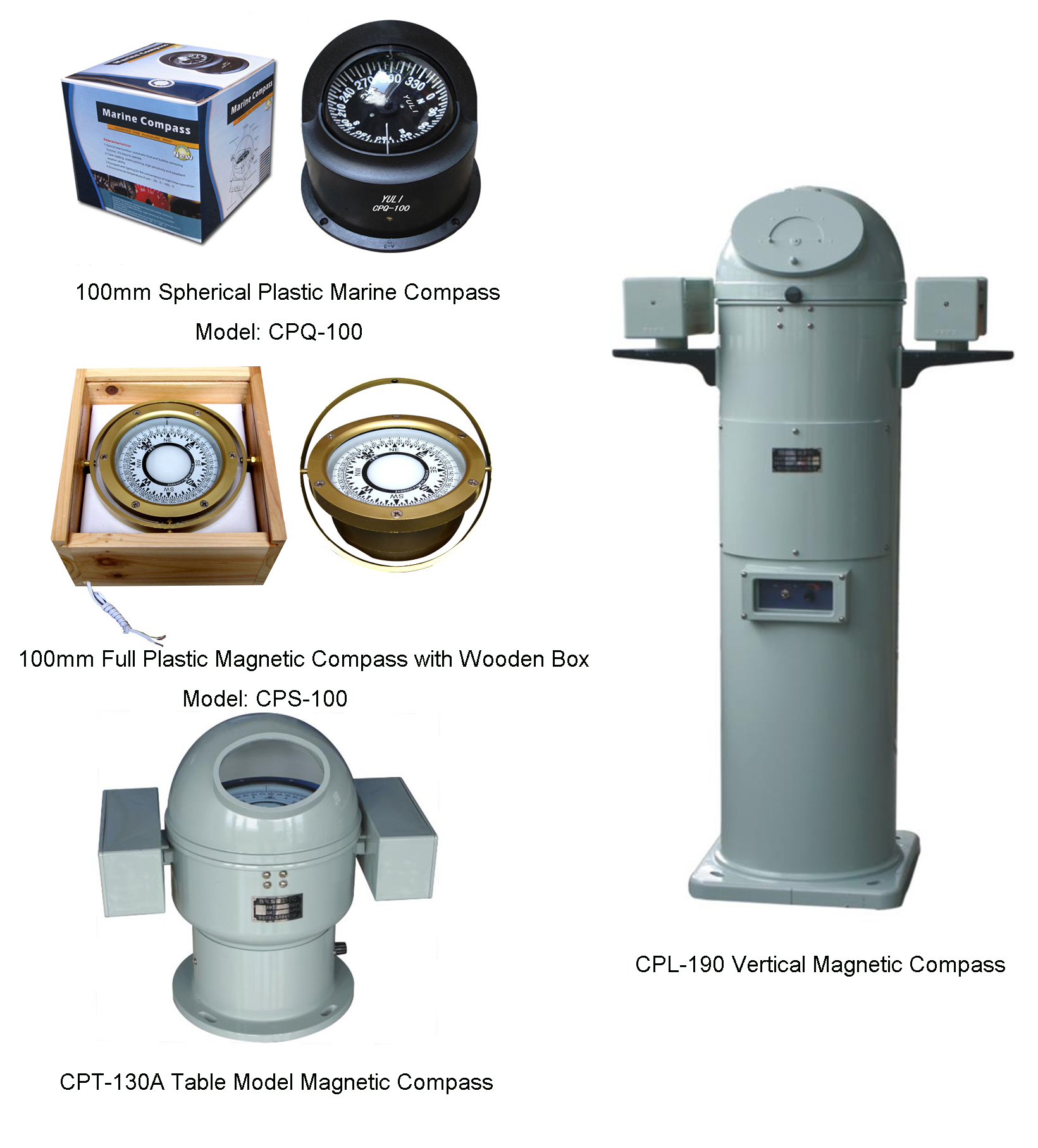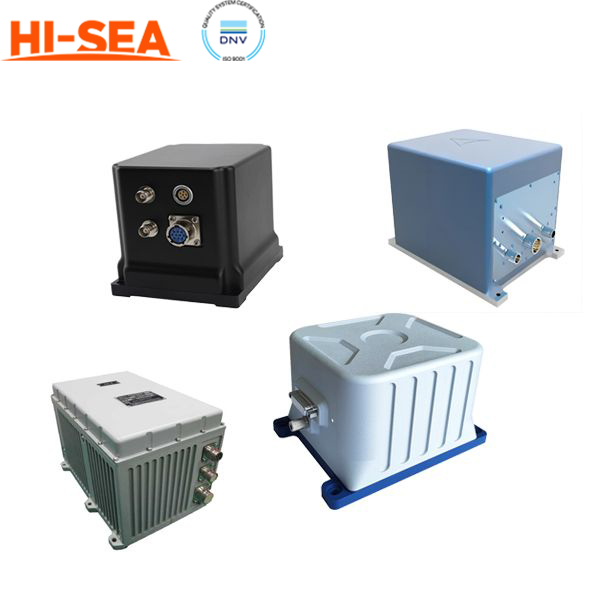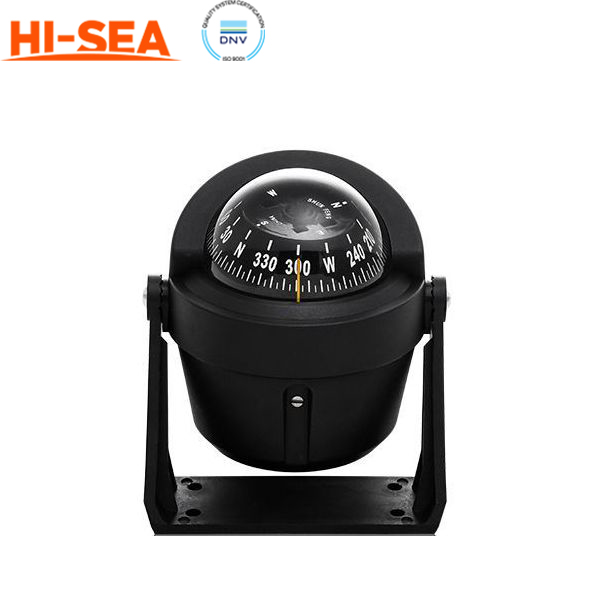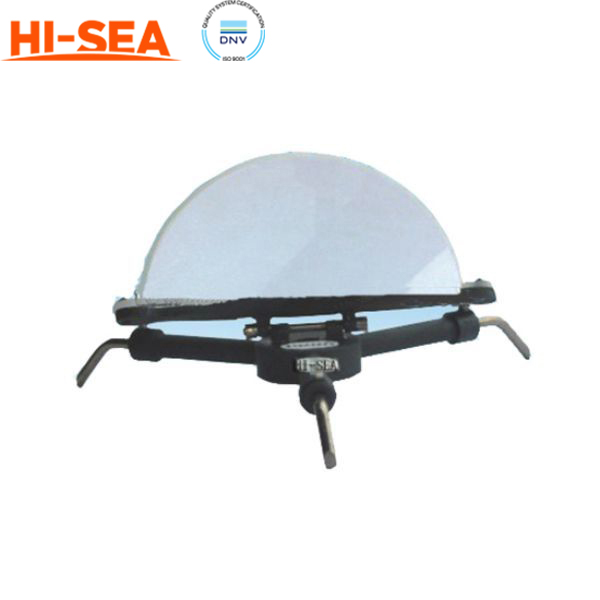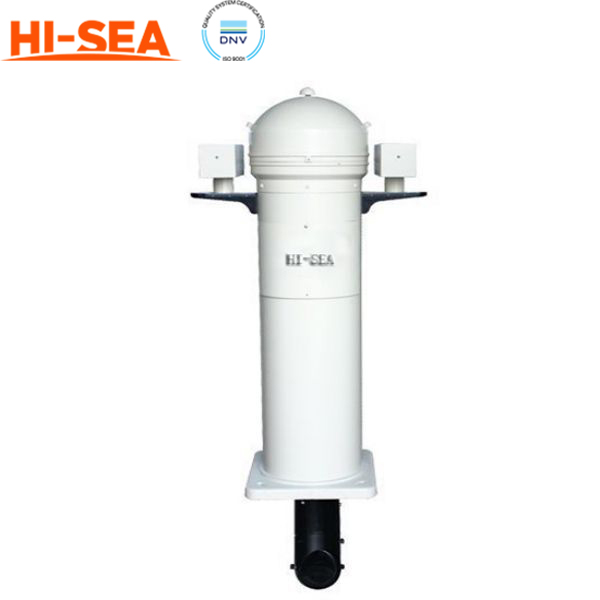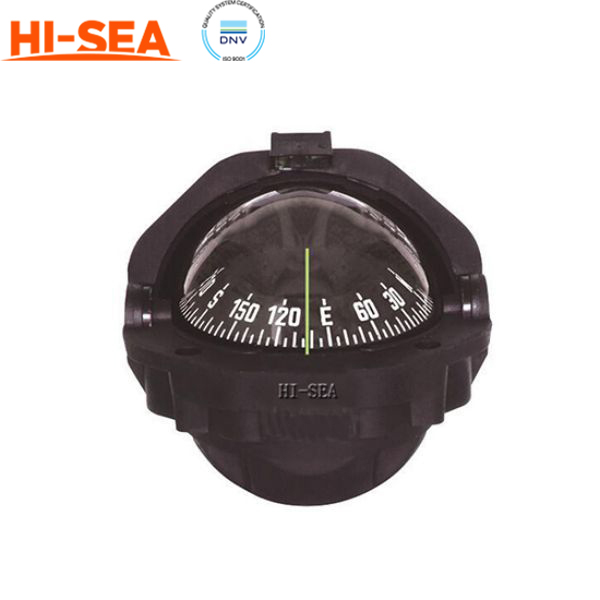MARINE & OFFSHORE EQUIPMENT
- Dredging Equipment
- Marine Deck Machinery
-
Marine Mooring Equipment
-
Marine Anchor
- AC-14 HHP Anchor
- Admiralty Anchor
- Beldt Stockless Anchor
- Bruce Anchor
- Spek Anchor
- Danforth HHP Anchor
- Delta High Holding Power Anchor
- GB11579-89 Light Weight Anchor
- Hall Anchor
- High Holding Power Mastrosov Anchor
- Hot Dip Galvanized Anchor
- Japan Stock Anchor
- JIS Stockless Anchor
- Pool Anchor
- Single Fluke Anchor
- Stainless Steel Anchor
- Stevpris MK5 Anchor
- Stingray Anchor
- US Navy Stockless Anchor
-
Marine Anchor Chain
-
Marine Shackle
- Kenter Shackle
- D Type Joining Shackle
- Pear Shaped Shackle
- Anchor Swivel Shackle Type A
- Anchor Swivel Shackle Type B
- Buoy Shackle Type A
- Buoy Shackle Type B
- C Type Detachable Connecting Link
- D Shackle
- Forelock Shackle
- Anchor Chain Swivel Group
- Straight Shackle
- Anchor Shackle
- Marine Triangle Plate
- Anchor Chain Swivel
- Anchor Chain Joining Shackle
- Anchor Chain End Shackle
- Slim Kenter Shackle
-
Chain Chaser
-
Marine Bollard
-
Marine Chock
-
Marine Fairlead
-
Marine Chain Stopper
-
Marine Mooring Reel
-
Marine Towing Bracket
-
Mooring Rope
-
Marine Towing Hook
-
Marine Shark Jaw
- Marine Fender
-
Marine Buoy
- Marine Floating Pontoon Dock
-
Marine Anchor
- Aquaculture Equipment
- Marine Outfitting Equipment
- Marine Propulsion System
-
Marine Painting
-
Marine Auxiliary Machinery
- Marine Air Compressor
- Marine Air Receiver
- Marine Sewage Treatment Plant
-
Marine Diesel Generator Set
- Marine Oil Water Separator
- Ballast Water Management System
- Marine Hydrophore
- Marine Calorifier
- Seawater Desalination Plant
-
Marine Oil Separator
- Marine Fuel Oil Supply Unit
- Marine Heat Exchanger
-
Marine Hot Well Unit
-
Marine Incinerator
-
Marine Boiler
-
Marine Valve
- JIS Marine Valve
- DIN Marine Valve
- ANSI Marine Valve
- GB Marine Valve
- CB Marine Valve
- CBM Marine Valve
-
Marine Gate Valve
-
Marine Globe Valve
-
Marine Angle Globe Valve
-
Marine SDNR Valve
-
Marine Angle SDNR Valve
-
Marine Check Valve
-
Marine Storm Valve
-
Marine Butterfly Valve
-
Marine Quick Closing Valve
-
Marine Fire Valve
-
Marine Self Closing Valve
- Marine Valve Accessories
-
Marine Pump
- Marine Centrifugal Pump
- Marine Screw Pump
-
Marine Gear Pump
-
Marine Vortex Pump
-
Marine Ejector Pump
-
Marine Diaphragm Pump
-
Marine Piston Pump
-
Marine Fire Pump
-
Marine Emergency Fire Pump
-
Marine External Fire Pump
-
Marine Ballast Water Pump
-
Marine Fuel Pump
-
Marine Lubricating Oil Pump
-
Marine Bilge Pump
-
Marine Sewage Pump
-
Marine Domestic Water Pump
-
Marine General Pump
-
Marine Cargo Oil Pump
-
Marine Hand Pump
- Marine Pump Parts
- Marine Life-saving Equipment
- Fire-fighting Equipment
- Marine Cable
- Marine Electrical Equipment
- Marine HVAC
-
Labour Protection Appliance
- Marine Decorative Material
-
Marine Anode
- Marine Pipe Fitting & Flange
- Marine Instrument
- Ship Building Equipment
INDUSTRY EQUIPMENT
- Hoisting Equipment
- Welding Machine & Material
-
Cutting Machine
- Container Securing Fitting
- Link Chain
- Container & Storage Equipment
-
Diesel Generator Set
- Other Equipment and Tools
- Petrochemical Equipment
- Fiber Reinforced Plastics
- Polymer Materials
- Environmental Protection Series
- Geo-products and Building Materials
- Metal Mesh
- Steel Grating
-
Earthwork Teeth
-
Turnbuckle
STOCK LIST
Contacts
 Tel:+86-23-67956606
Tel:+86-23-67956606
 FAX:+86-23-67956622
FAX:+86-23-67956622
 Email:manager@cqhisea.com
Email:manager@cqhisea.com
Working Time: 9:00--17:00
Working Day: Monday to Friday Website: www.cqhisea.com

Marine Compass
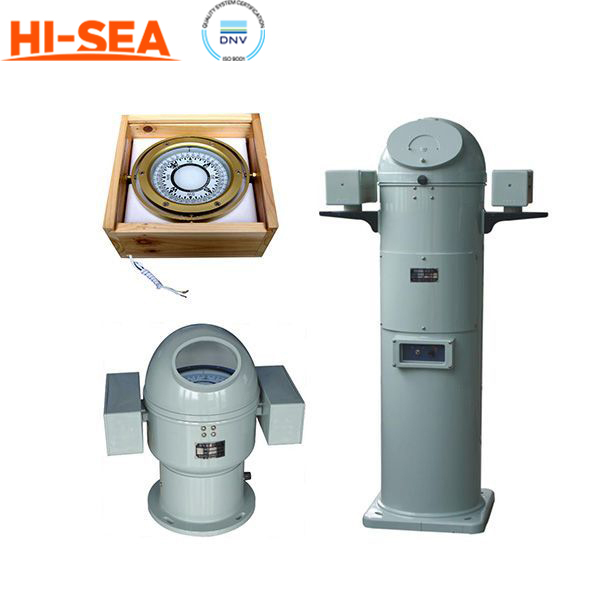
Marine Compass
General Description:
Marine compass is a navigational instrument used to determine the direction of a vessel in relation to the Earth's magnetic field. It consists of a magnetized needle or a set of needles that are mounted on a pivot, allowing them to rotate freely and align with the magnetic field. The compass is typically housed in a protective case or housing, which is usually filled with a liquid to dampen the movement of the needle and reduce its susceptibility to vibrations and other external factors. The liquid may be alcohol or oil, and is often tinted to make it easier to read the compass card. The compass card is a circular card marked with directions, usually in degrees or points. It is mounted on the pivot and rotates with the needle, indicating the direction in which the vessel is heading. Marine compasses may also include additional features, such as illumination for use at night, compensators to correct for the deviation of the magnetic field caused by the vessel's metal components, and gyroscopic stabilization to improve accuracy and stability in rough seas.
Application of marine compass:
Determining Direction: The primary use of the marine compass is to determine the direction of a vessel in relation to the Earth's magnetic field. By observing the compass, the navigator can determine the heading of the vessel and make adjustments as needed to maintain course.
Navigation: The marine compass is used to set and maintain a course, navigate through channels, avoid hazards, and determine the position of the vessel.
Safety: A marine compass is an important safety device for navigation in conditions where electronic navigational aids may not be available, such as during power outages or equipment failure.
Weather Monitoring: By observing the direction in which the compass needle points, the navigator can determine changes in wind direction, which is crucial information for managing sail and engine power, as well as avoiding dangerous weather conditions.
Emergency Situations: In the event of an emergency, such as a fire or flooding, the marine compass can provide vital information for determining the safest course of action, such as abandoning ship or directing rescue efforts.
Overall, the marine compass is a reliable and essential tool for navigation and safety at sea. It is an important backup to modern electronic navigation aids and is still widely used by mariners today.
Properly use and care for a marine compass:
Proper use and care of a marine compass are essential for maintaining its accuracy and reliability. Here are some guidelines for using and caring for a marine compass:
Proper Mounting: The compass should be mounted in a location that is free from magnetic interference and where it can be easily read by the navigator. The compass should be mounted level, and the mounting bracket should be properly aligned with the vessel's centerline.
Calibration: The compass should be calibrated regularly, especially after any repairs or changes to the vessel's magnetic components. Calibration involves compensating for deviation and adjusting for variation and inclination based on the vessel's location.
Protection: The compass should be protected from physical damage, exposure to water, and extreme temperatures. The compass should be covered when not in use, and care should be taken when cleaning it to avoid scratching the glass or damaging the compass housing.
Avoid Interference: The compass should be kept away from electronic devices and sources of magnetic interference, such as power tools or engines.
Regular Inspection: The compass should be inspected regularly for signs of damage or wear, including cracks in the glass, misalignment of the compass housing, or loose mounting brackets.
Backup and Redundancy: It's a good idea to have a backup compass on board in case the primary compass fails. Electronic navigational aids should also be used as a backup to the compass.
Standard: IMO:A.382(X);Chapter6, Part Five of Technical Regulation for the Statutory Survey of Inland Waterways Ships 2011 and its Amendments, of MSA, P. R. China;ISO14227:2001, Small craft-Magnetic compass
Categories: Marine Magnetic Compass, Marine fiber optic gyro compass, Electromagnetic Controlled Gyrocompass, The Spare Parts of Marine Compass, etc.
Automatic Fluid-filling and Bubble-removing Process:

① Forming bubbles during use compass
② Taking out the compass, directly turn the compass to the left or to the right along the vertical axis of the compass, bubbles will gradually pile up at the wall of the compass body
③ Continue to turn the compass body until the compass body is completely horizontally inverted and the bubbles are all into the automatic fluid-filling and bubble-removing device to perform the functions
④ Again turn the compass body slowly to the left or to the right along the compass vertical axis
⑤ In horizontal position, the process of fluid- filling and bubble-removing is successfully completed
Photo of marine compass:
